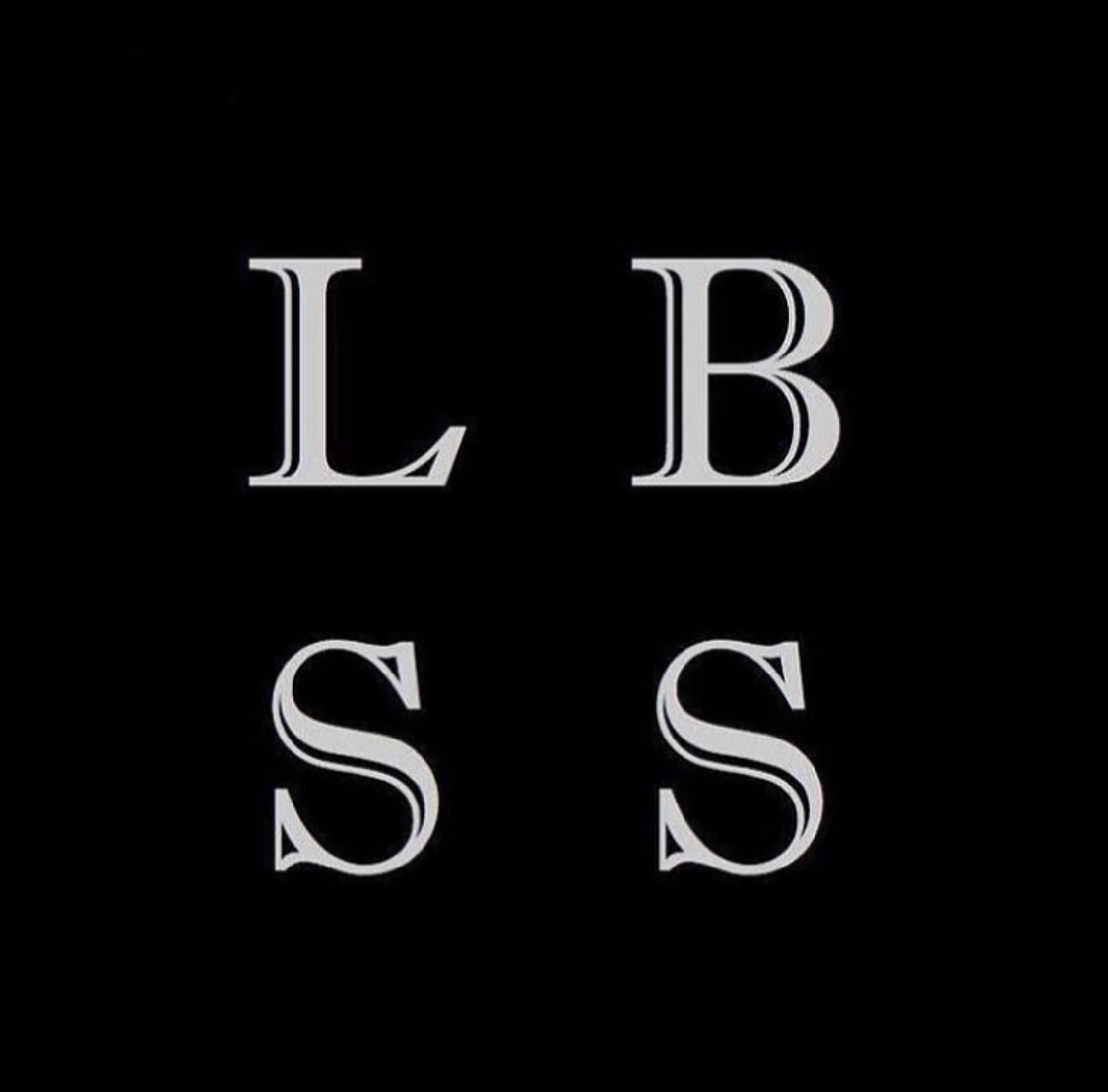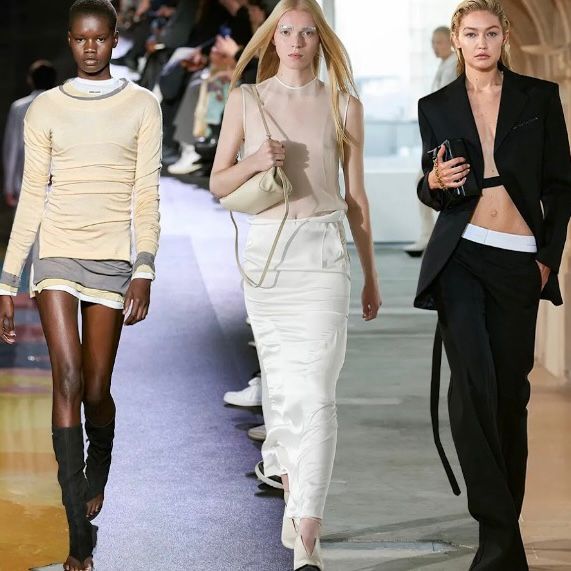In recent years, the concept of “quiet luxury” has gained traction in the world of fashion and lifestyle. Characterized by understated elegance, and subtle branding, the appeal of quiet luxury lies in its promise of a refined and sophisticated lifestyle that values taste and authenticity over conspicuous consumption. However, like all trends, it’s important to carefully examine its origins and authenticity to determine if it truly offers a more genuine form of luxury or if it’s just another marketing strategy.
Not a new trend, but a rebranding
Contrary to popular belief, the notion of quiet luxury is not a novel trend that has emerged in response to our current societal values. In fact, the principles of understated elegance and quality over quantity have been intrinsic to luxury for centuries. Throughout history, authentic luxury has been connected to skilled craftsmanship, exclusivity, and a subtle elegance that speaks volumes without the need for overt advertising or flashy displays of wealth. In a world where trends come and go quickly, the notion of quiet luxury remains a timeless symbol of class and refinement. It’s a gentle reminder that true elegance doesn’t have to be loud or flashy. Quiet luxury is about the artistry and attention to detail that goes into creating something truly exceptional, something that stands the test of time.
But is quiet luxury a genuine evolution of luxury values or merely a marketing tactic to disguise high prices? As a matter of fact, it’s not a new idea, but rather a smart way to refresh the classic ideals of luxury. Companies are using the concept of “quiet luxury” to attract younger customers who prioritize authenticity over flashy displays of wealth. However, this focus on subtle elegance can sometimes be a way to disguise the expensive prices and high-profit margins that are still prevalent in the luxury market.
Remaining “quiet”
In its essence, quiet luxury is based on high-quality brands, predominantly unknown by the mass public. However, as quiet luxury recently became a booming trend, some fashion items became very popular as well, hence removing the “quiet” aspect. A great example of this is the Loro Piana summer walk loafers, which have become the number one symbol of stealth wealth. Every single person who wants to demonstrate a so-called “old money” lifestyle has these shoes on their wishlist. Yet, this is paradoxical – if you strive for quiet luxury and items with no recognizable logos (items that you buy because of their quality and craftsmanship, not because of the brand and desire to impress others), then why would you wish to buy exactly the items that have become huge fashion trends? Although, unlike a Balenciaga allover logo sweater – a memorable symbol of logomania culture – the LP summer walks don’t have a huge logo placed on top of them, they have still become extremely recognizable and known, and they are therefore no longer quiet. This fate inevitably awaits any quiet luxury item that becomes a trend. After all, a trend about being timeless, unknown, and not trendy, cannot be sustained. Quiet luxury, in its essence, is based on asserting status, just like any other trend.
Perfect information and Pricing
For quiet luxury, which lays its grounds on attention to detail, quality, and fantastic craftsmanship, fabrics, materials, and the production processes are of great importance. The brands in the market claim to use very rare materials and to employ skilled craftsmen, who produce items with great precision. And while quiet luxury products don’t have flashy logos, they do have a very high price tag, which brands try to justify as a consequence of special production processes. This leads to two issues:
First, by assuming quiet luxury customers buy a certain item because they value the quality, we also assume that customers are capable of making truly informed choices about the products they purchase when in reality, they certainly don’t have access to perfect information. While, perhaps, the description of a fancy coat explains how the wool came all the way from New Zealand and it was from a rare animal whose wool can only be sheared once a year, this doesn’t let customers form a judgment on exactly how much this process costs to the brand and exactly how special it is. In order for buyers to be able to purchase the product solely for its quality, the market should be characterized by complete price transparency, but unfortunately, it is not.
Second, if quiet luxury is all about quality, then it is unexplainable how some of the most applauded quiet luxury companies use synthetic materials for the majority of their products. An example is Khaite – one of the most praised quiet luxury womenswear brands, which uses synthetic fibers in the production of many of their garments. Their tops became a hit on social media, being named “capsule wardrobe essentials”, but in fact, even for the hefty price tag of 1300 euros, they are all made of polyester, which leaves a customer wondering how real the promise of quality is.

